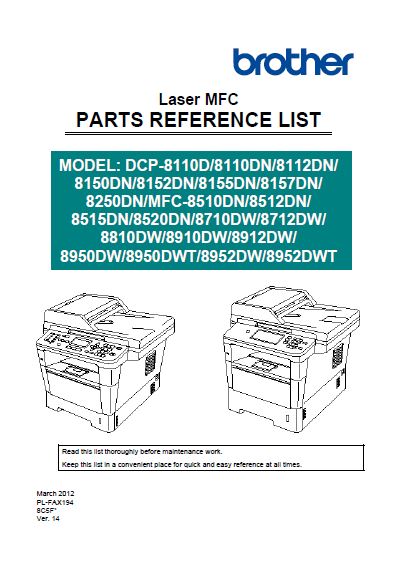 />
8 Income Expense Worksheet Templates. All forms are printable and downloadable. Business Expense Budget Template Business ...
/>
8 Income Expense Worksheet Templates. All forms are printable and downloadable. Business Expense Budget Template Business ...
Home > Archives for Maret 2022
mfc 8910dw manual
 />
Brother Dcp Mfc Series Parts Service Manuals
/>
Brother Dcp Mfc Series Parts Service Manuals
Skeleton And Muscle Diagram - Muscles Bone Joint And Muscle Disorders Msd Manual Consumer Version /
 />
As development progresses, blood vessels begin to grow into the soft fetal skeleton, bringing stem cells and … Again, i tried ...
/>
As development progresses, blood vessels begin to grow into the soft fetal skeleton, bringing stem cells and … Again, i tried ...
color force 72 manual
 />
9 93 Gbp Italeri Mc 205 Veltro 1227 1 72 Aircraft Model Kit Ebay Collectibles En 2022 Avion De Chasse Armee De L Air Maquettes...
/>
9 93 Gbp Italeri Mc 205 Veltro 1227 1 72 Aircraft Model Kit Ebay Collectibles En 2022 Avion De Chasse Armee De L Air Maquettes...
nordictrack c2255 manual
 />
Treadmill Nordictrack Commercial 1750 Treadmills Aliexpress
/>
Treadmill Nordictrack Commercial 1750 Treadmills Aliexpress
Labels:
c2255,
manual,
nordictrack,
wallpaper